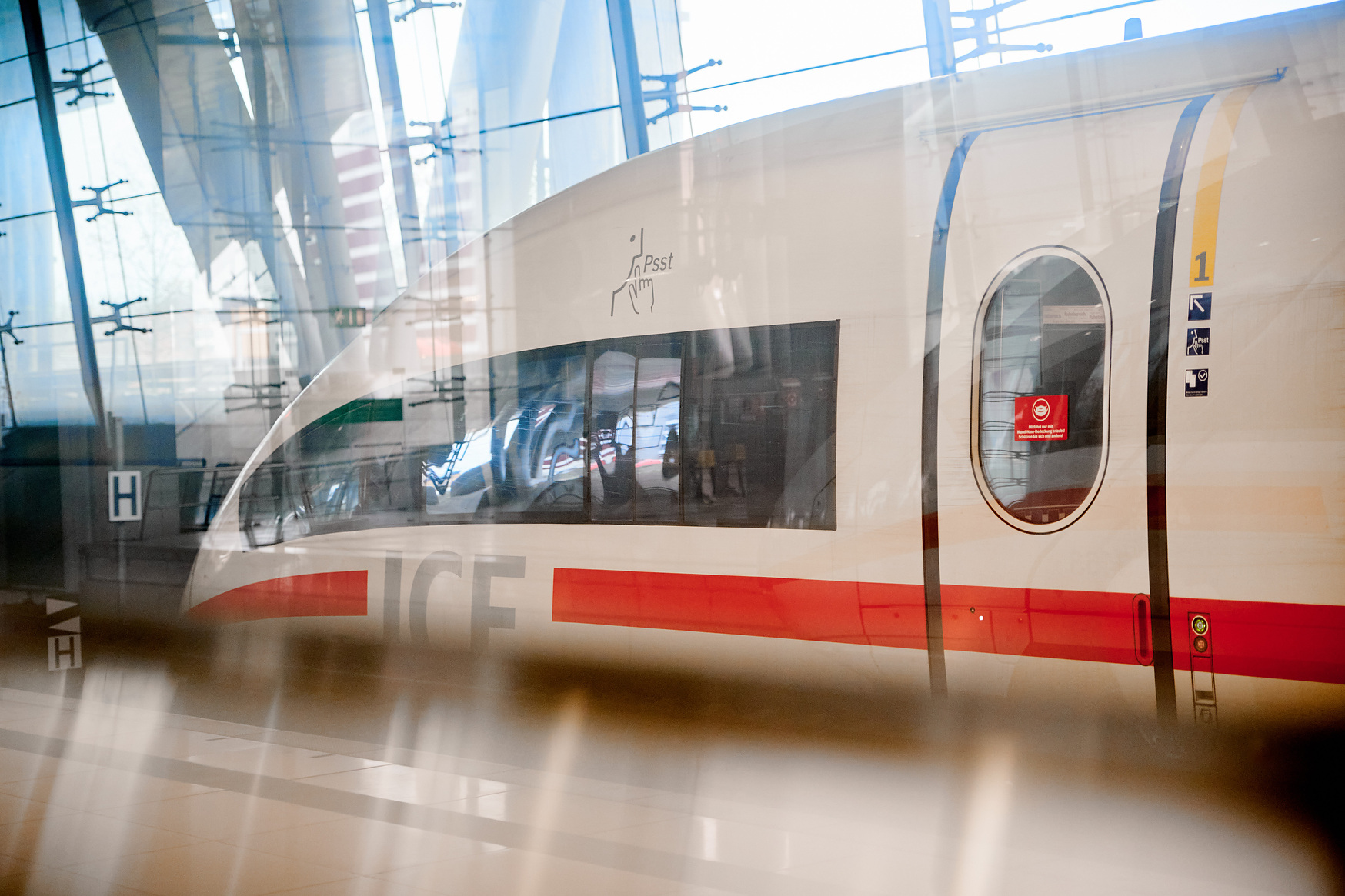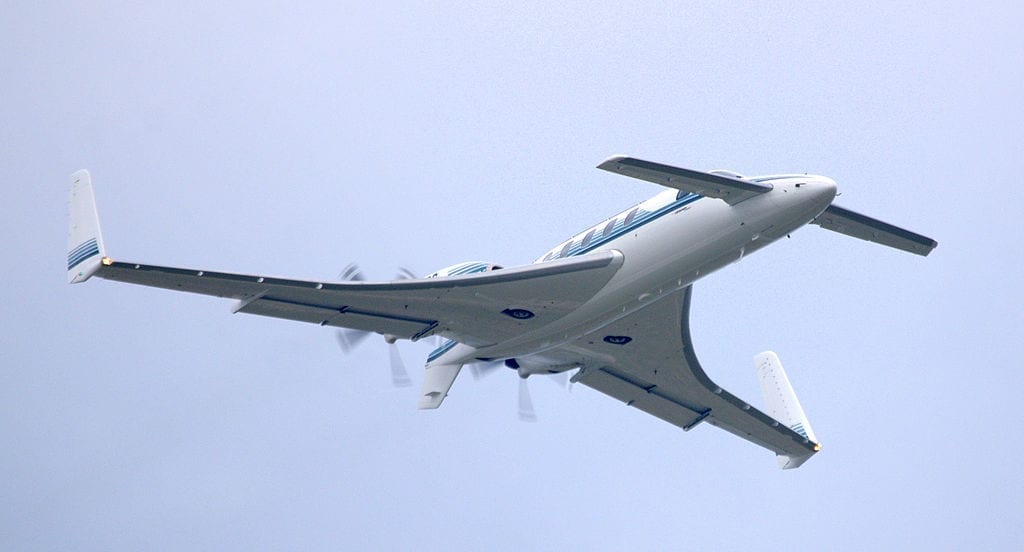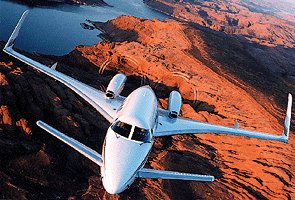EVer Hopeful
Active Member
it'll be like drones (now called SUAVs)
Started off as a free for all, but now requires a Part 107 sign off (mostly)
Started off as a free for all, but now requires a Part 107 sign off (mostly)
You can install our site as a web app on your iOS device by utilizing the Add to Home Screen feature in Safari. Please see this thread for more details on this.
Note: This feature may not be available in some browsers.
Not really. One can make very light, very aerodynamic fixed wings. These have been around since the '70'sWith better aero, weight goes up.
Which means 5 - 7 minutes of safe flight time. At 60 mph, this means 5 - 7 miles (~7 - 10 km) range. Yep, you could probably drive a car or bike there just as easily and it would take less space to park.This will probably be good for a 10-15 minute flight, so not really suitable for commutes.
I can imagine it, as have cartoon writers (The Jetson's). Carrying enough energy to carry much load any distance will be a ;physics challenge.However, I can imagine a future where landing a manned drone will be as easy as landing a pro/consumer drone: just point the stick downwards and sensors and the flight controller will figure it out themselves.
Redundancy is really a solution for Reliability. Reliability is the key aspect for flight since, if something goes wrong while flying high and fast, hitting the ground tends to be catastrophic. Multi-rotors tend to lend themselves to redundancy nicely since one can design the control system to compensate if one or more rotors go out. Unfortunately, however, the reliability of the control system, which is a single-point-of-failure becomes a challenge.But I do wonder how the FAA will handle redundancy
I think these are sort of conflicting terms, unless, of course, you're thinking of no pilot flying it, but carrying passengers.manned drones
Is it even legal to take off and land these things in populated areas like cities? And what happens to the regulations the first time two of these collide, crash, and kill someone on the ground, or fall onto somebody's house? I would vote to ban flying these things over my city.
Yes, I'm sure people said the same about early airplanes, but there's a reason it's illegal to fly low over houses. The difference is that airplanes, by law, only approach the ground near airports. Both helicopters and airplanes require all sorts of certifications and licensing for pilots. This contraption is intended to take off and land in people's yards, and supposedly requires no license to fly.
I believe the makers of the Jetson One claim that it is very easy to fly. Presumably the computer does most of the work and the pilot just points it where they want it to go. But that does not address the fact that most people don't pay sufficient attention to their surroundings. And in an aircraft you're dealing with three directions, not just two, and you don't have roads with marked traffic lanes.

”manned drones“ is a bit of an oxymoronBut I do wonder how the FAA will handle redundancy in manned drones. It's OK to have only one flight controller and non-redundant sensors in a toy drone, but how do we go about with manned drones?
Maybe not. Whereas in a fixed-wing airplane or helicopter the pilot directly controls the surfaces to steer the aircraft, a "multicopter" with 4 rotors is controlled by a flight computer which controls the speed of each of the 4 rotors, while the pilot doesn't have 4 separate dials to control the speed of the 4 rotors but probably employs a joystick (or could even use a game controller) to control the aircraft.”manned drones“ is a bit of an oxymoron
Maybe not.
Sure, some fixed-wing airplane or helicopters allow the pilot to directly control the control surfaces but very few designed since the 1960's are this way. Nearly all have flight computers that talk directly to servos that move the control surfaces while the operators put control inputs in to the computers. Some may have mechanical or hydraulic backups but the machinery does most of the work.a fixed-wing airplane or helicopter the pilot directly controls the surfaces to steer the aircraft,
And your point is…?My point about redundancy is that in classic aircraft there are hard links or redundant hydraulic systems to control the surfaces, but a multicopter with fixed rotors has only the flight computer and cabling to power the rotors. If the flight computer is not redundant, the power dies or anything else, there is no way for a pilot to induce an autorotation because the pilot cannot control the angle of the blades of the rotors.
Of course, a friend of mine, who's a giant in the world of aircraft design, reminds me that nearly, if not all, type certified aircraft for passengers rely on data that started being collected long before the FAA began certification. Collecting enough data today, on aircraft that are not making revenue, would be extremely expensive.Again, the FAA primarily mandates reliability. If you can demonstrate to the FAA via rigorous design review and testing that the failure likelihood of your simplex vehicle management system (that’s what the fly-by-wire system is called) meets the FAA’s probability of loss of control and probability of loss of aircraft requirements, then you’ve met one of the requirements to get a type certificate.
Indeed Starship certification was a bit of an issue, but was by no means the only cause of failure.Of course, a friend of mine, who's a giant in the world of aircraft design, reminds me that nearly, if not all, type certified aircraft for passengers rely on data that started being collected long before the FAA began certification. Collecting enough data today, on aircraft that are not making revenue, would be extremely expensive.
Bert Rutan complained about this to no end because of the efforts he went to to get Starship certified.
View attachment 958240
I don't know that it ever was certified to the same qualifications as airliners are.


Burt Rutan is not really any kind of expert in type certification of aircraft; pretty much all of his designs were one-offs and/or designed for kit building, not production aircraft. And Rutan didn’t certify the Beechcraft Starship - Rutan built an 80% scale demonstrator for Beech, then Beech tried to scale it up and certify it. Rutan may have consulted on it but wasn’t responsible. One of my college professors who was familiar with the program and the rigors of getting a new aircraft type certification told us that Beech underestimated the drag because they didn’t properly account for scale effects - in particular, according to my professor, Beech assumed the laminar-to-turbulent boundary layer transitions in cruise flight would happen at the same locations on the full-scale aircraft, which of course they won’t. Another of my mentors had a saying that “Burt Rutan designs the best bad aircraft out there”, and I tend to agreeOf course, a friend of mine, who's a giant in the world of aircraft design, reminds me that nearly, if not all, type certified aircraft for passengers rely on data that started being collected long before the FAA began certification. Collecting enough data today, on aircraft that are not making revenue, would be extremely expensive.
Bert Rutan complained about this to no end because of the efforts he went to to get Starship certified.
View attachment 958240
I don't know that it ever was certified to the same qualifications as airliners are.
I can't disagree.“Burt Rutan designs the best bad aircraft out there”, and I tend to agree
Agree, but too many were “new for the sake of new” IMO. Maybe things are starting to unfreeze a bit with the blended wing-body stuff, at least for cargo and tanker aircraft; I’m not sure that passengers would take well to sitting way off the centerline in roll maneuvers though.He did push new designs though while certified aircraft design pretty much froze in 1958 after the 707/C135.
True,too many were “new for the sake of new” IMO


